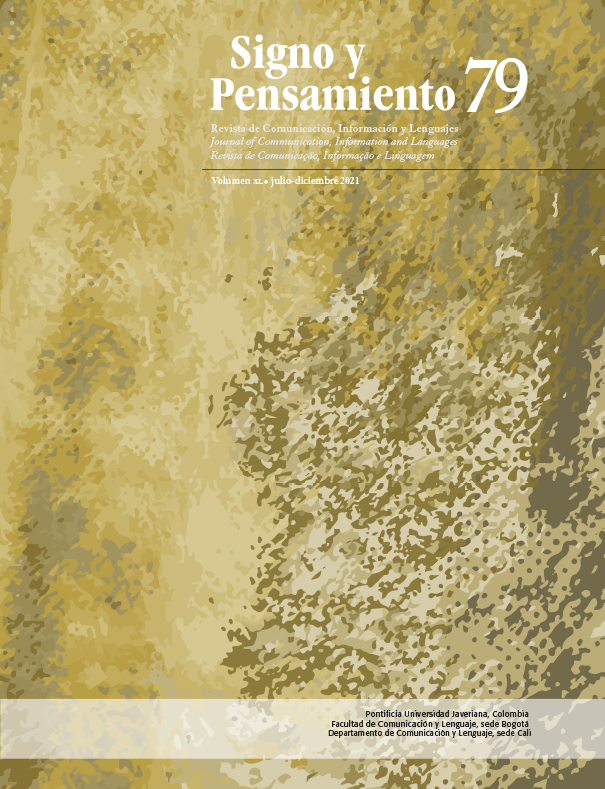Resumen
El texto tiene como centro articulador la relación representación-cuerpo-autoimagen desde una perspectiva biopolítica. Retoma los fundamentos de autores como Foucault y Butler sobre la identidad como una construcción simbólica y performativamente configurada, pero los cruza con un enfoque interseccional y decolonial. Es decir, contextualiza la perspectiva queer en América Latina, y reconoce el término trans como algo foráneo, que en Colombia y Venezuela está, además, atravesado por unas relaciones hegemónicas de raza, etnia y clase social.
García León, J. E. (2021). Espectáculo, normalización y representaciones otras. Las personas transgénero en la prensa y el cine de Colombia y Venezuela. Peter Lang. https://doi.org/10.3726/b17602
Jagose, A. (1996). Queer Theory. Melbourne University Press.
Monroy, A. C. (Directora). (2007). Este pueblo necesita un muerto [Cinta cinematográfica]. Secretaría de Cultura, Recreación y Deportes de Bogotá.
Preciado, B. (2005). Multitudes queer: notas de una política para “los anormales”. [Texto tomado de Multitudes. Revue politique, artistique, philosophique, 12, 157-166, 2003]. Docer Argentina. https://docer.com.ar/doc/snsxsx0
Rondón, M. (Directora). (2013). Pelo malo [Cinta cinematográfica]. Sudaca Films.

Esta obra está bajo una licencia internacional Creative Commons Atribución 4.0.
Derechos de autor 2022 Néstor David Polo


